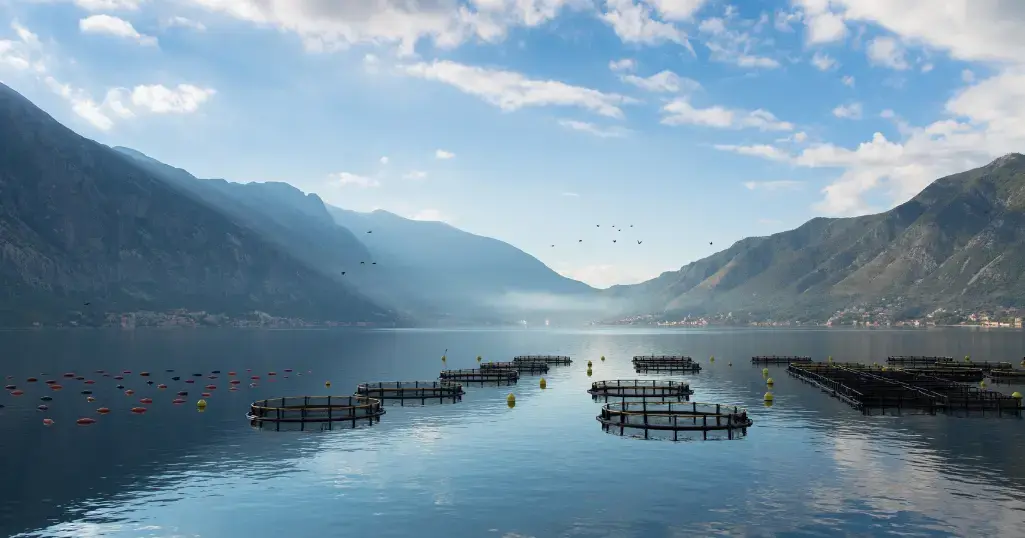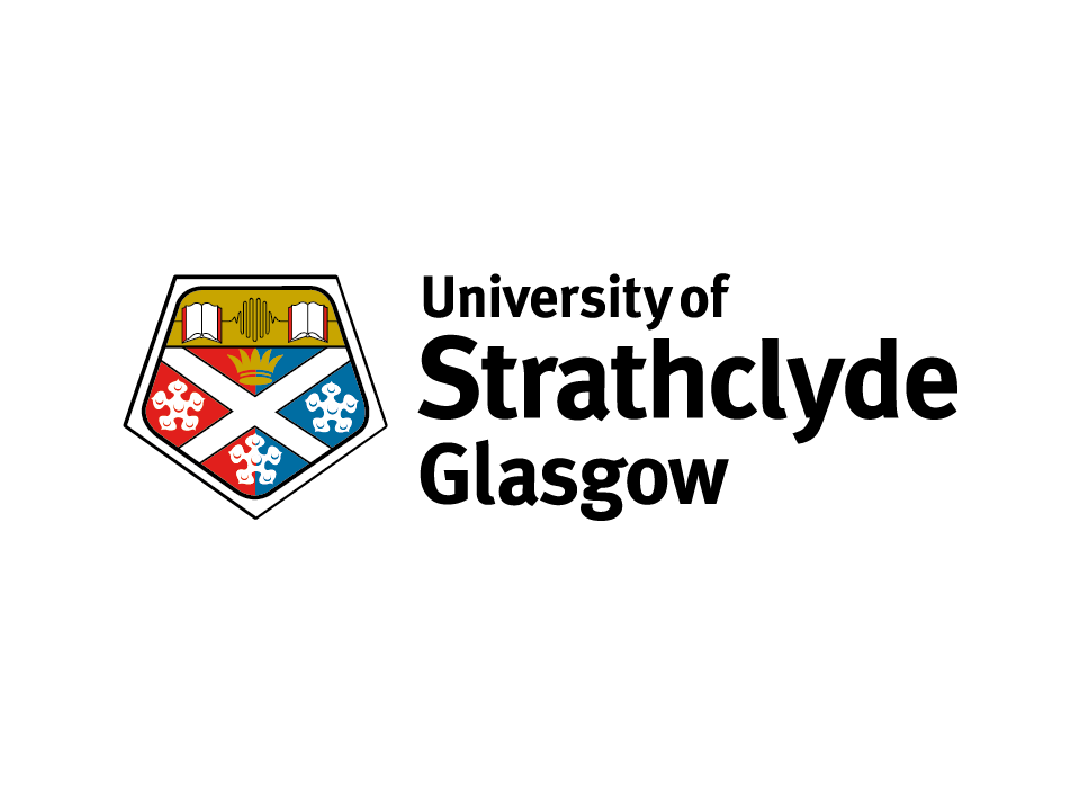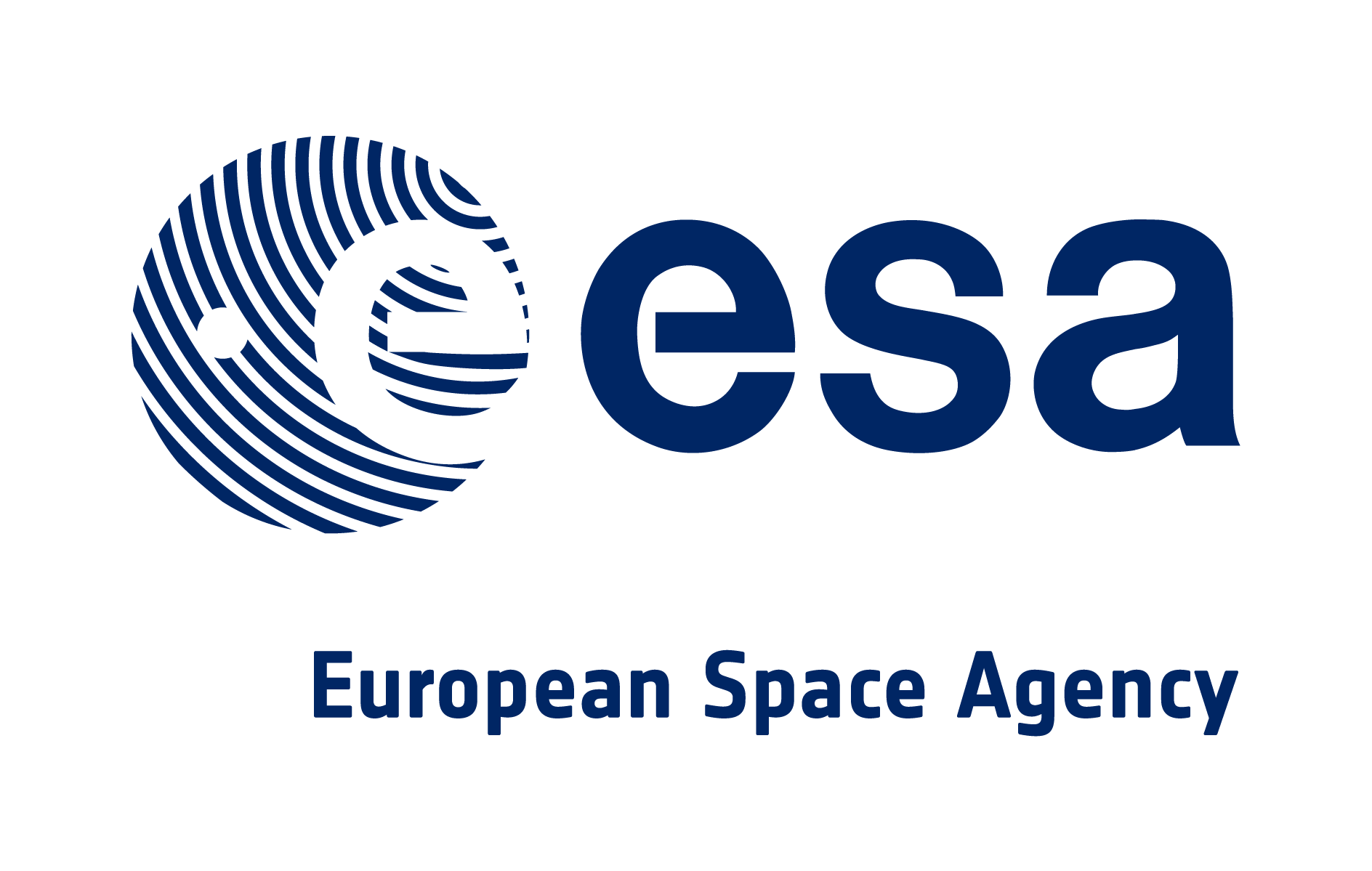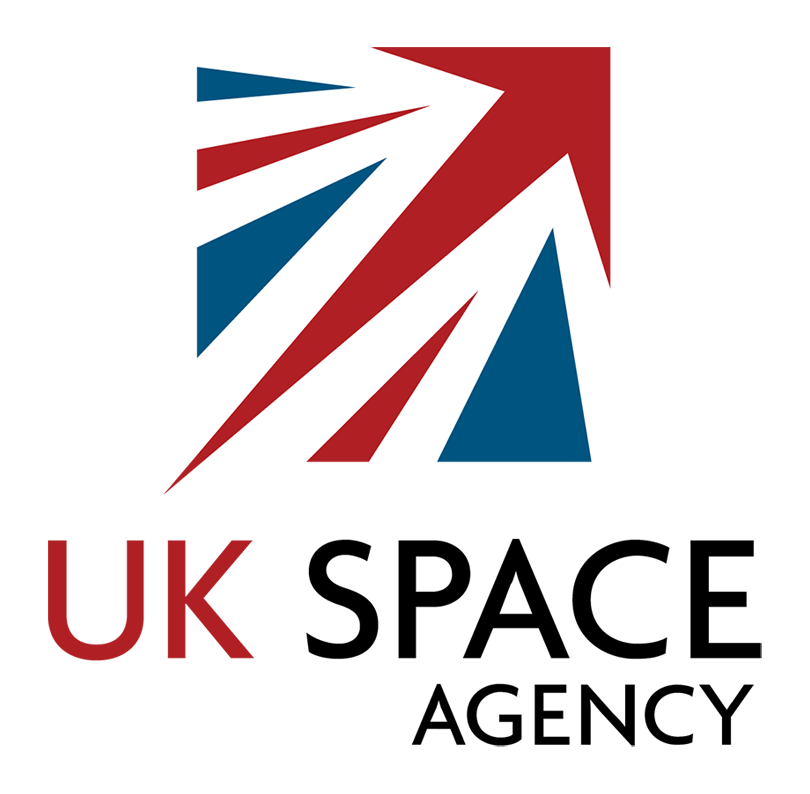Introduction to Aquaculture in Winter Markets
Aquaculture plays a vital role in global food production, especially in regions with thriving winter markets. As demand for high-quality fish products grows, so does the need for reliable monitoring solutions—particularly in the challenging conditions of winter. This article explores why monitoring is crucial in winter, the challenges faced by operators, and how Krucial’s Connected Seafarm is revolutionizing aquaculture monitoring.
Seasonal Challenges in Winter Weather
Winter brings numerous challenges for aquaculture operations, often threatening productivity and fish welfare. Among these challenges are fluctuating water temperatures, equipment malfunctions, and connectivity issues in remote locations.
- Temperature Fluctuations: Cold weather can cause water temperatures to fluctuate dramatically, stressing fish and impacting growth rates.
- Equipment Malfunctions: Ice, snow, and extreme cold can damage or disrupt monitoring equipment, causing gaps in critical data.
- Connectivity Issues: Remote aquaculture sites often experience unreliable cellular coverage, further complicated by harsh winter conditions.
Why Monitoring is Critical in Winter
Reliable monitoring is essential during winter because environmental conditions can change rapidly. Early detection of anomalies like oxygen depletion or sudden temperature drops allows operators to take corrective action, ensuring fish welfare and optimizing yields.
Continuous monitoring also enables better resource management, reducing risks and operational inefficiencies.
The Role of Technology in Modern Aquaculture
Digitizing Aquaculture Operations
The aquaculture industry is increasingly adopting digital technologies to improve efficiency and resilience. Digitized systems enable continuous monitoring of key environmental factors, such as temperature, dissolved oxygen, and salinity. This is particularly valuable in winter when maintaining stable conditions is more challenging.
Environmental Monitoring and Risk Mitigation
Digital solutions not only improve the accuracy of environmental monitoring but also reduce risks. By detecting changes in water quality early, operators can prevent fish losses and maintain optimal conditions across their sites.
Challenges of Monitoring Aquaculture in Winter Weather
Connectivity Issues in Remote Locations
Many aquaculture sites are situated in remote or offshore areas where cellular coverage is limited. Winter storms and extreme weather can exacerbate these connectivity challenges, making it difficult to access rapid data.
Impact of Harsh Weather on Equipment
Monitoring equipment must withstand extreme weather conditions, from freezing temperatures to strong winds and heavy snow. Durable and weather-resistant solutions are essential to ensure continuous operation during winter months.
Krucial’s Solution for Reliable Aquaculture Monitoring
Introducing Connected Seafarm
Krucial’s Connected Seafarm is a robust solution designed to tackle the challenges of winter aquaculture. By combining dual satellite and cellular connectivity, it ensures continuous data flow, even in the most remote or harsh environments. Its drop-in private network can be deployed in less than six hours, making it both quick and practical for operators.
Key Features of Connected Seafarm
- Continuous Data Flow: Ensures uninterrupted monitoring, enabling better decision-making.
- Durable Build: Certified to withstand harsh winter conditions, ensuring reliability.
- Scalability: Suitable for onshore, nearshore, and offshore operations, making it versatile for various site locations.
How Connected Seafarm Works
Connected Seafarm leverages IoT devices and LoRaWAN networks to collect and transmit data securely across multiple locations. A custom-built dashboard translates raw sensor data into actionable insights, empowering operators to respond quickly to changing conditions.
For seamless integration, the system’s API supports compatibility with existing workflows and systems.
Benefits of Reliable Monitoring with Krucial
1. Improving Fish Welfare and Yield
Reliable monitoring ensures fish welfare by providing actionable data on critical environmental factors. Early detection of changes allows operators to address issues quickly, increasing stock survivability and reducing losses.
2. Enhancing Operational Efficiency
Continuous data flow supports smarter resource allocation and reduces operational downtime. With access to accurate and timely information, managers can make informed decisions that improve efficiency across multiple sites.
3. Supporting Data-Driven Growth
Krucial’s solutions provide actionable insights that drive long-term growth. Centralized monitoring across sites streamlines operations, while historical and continuous data support better strategic planning.
Use Cases for Connected Seafarm in Winter Conditions
Onshore and Nearshore Operations
For inland and coastal aquaculture sites, Connected Seafarm offers reliable connectivity despite poor infrastructure and adverse weather conditions.
Offshore Operations
In remote offshore environments, where cellular networks are often unavailable, Connected Seafarm provides uninterrupted monitoring and communication through its resilient satellite connectivity.
Why Reliable Monitoring Matters in Winter
Reliable aquaculture monitoring is critical for maintaining fish welfare, optimizing yields, and ensuring operational efficiency during winter. Krucial’s Connected Seafarm addresses the unique challenges of winter conditions with a durable, scalable, and easy-to-deploy solution.
By investing in innovative technologies like Connected Seafarm, aquaculture operators can not only overcome winter-specific challenges but also future-proof their operations for sustainable growth.









